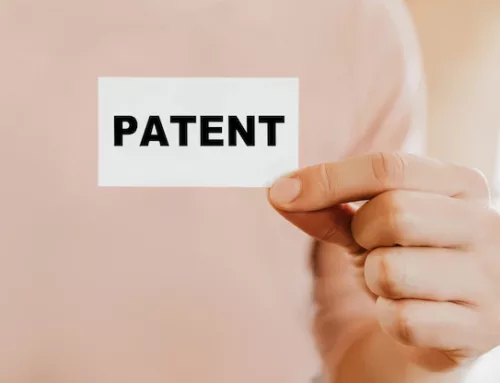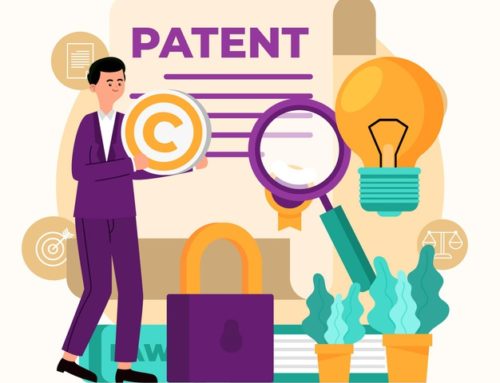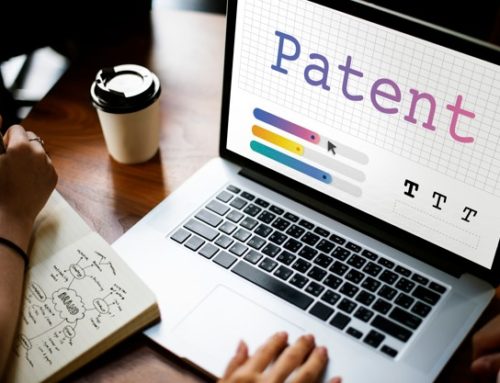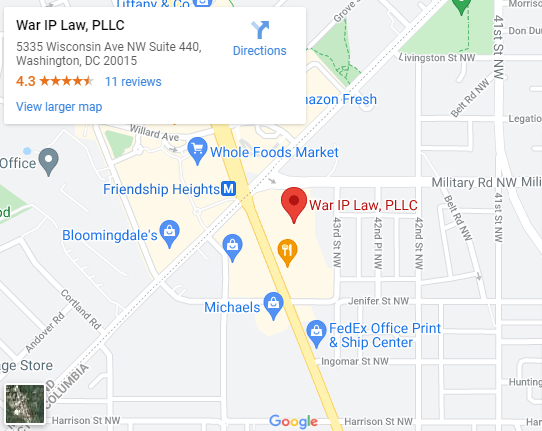Few people are aware that copyright, trademarks, and patents are relevant to essentially everyone. Even fewer know about the patent process, or specifics of patent rights and patent terms. Knowledge of patent laws is crucial to almost any business. To shed light on basic intellectual property and patent information, this article will focus on ten common queries related to a patent filing:
1) What is the USPTO?
The United States Patent and Trademark Office is the government agency responsible for processing patent applications. Pursuant to law, it grants patents and registers trademarks. It also maintains records of all US patents and trademarks that are accessible to the public.
2) When is filing a patent application necessary?
An application may be filed with the USPTO for various reasons. Patents may protect a useful invention, a functional design, a process, or even a plant.
Any inventor who wants exclusive rights in his or her innovation should file for a patent. Whether you are wary of competitors appropriating your novel products or services, or you want to prevent inexpensive imitation products from being imported to the United States, a patent will protect your rights to your invention. To obtain these rights and have a patent granted, you must first apply for a patent with the USPTO.
3) What can be part of a patent application?
A patent application contains several sections, and they are different depending on what type of patent you are applying for and whether you are filing a provisional or non-provisional application.
Non-provisional utility patent applications are the most requirement intensive, and they must contain the following:
- Oath or declaration
- Applicant’s name
- Specification
- Claims
- Drawings
The most valuable part of the application is the claims. They describe the limitations of your invention and are therefore determinative of your “property lines.” If someone makes, sells, uses, or imports a product or service that is described by your claims, they are infringing your patent.
4) How will I benefit if I file a patent application?
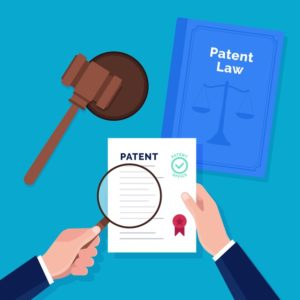
Behind almost any patent application is the desire to gain profit. You will ideally make money by monopolizing the market in the invention you disclose.
To maximize this potential and test the market, some inventors file a provisional application to receive the benefit of an earlier filing date and receive some protection while they revise the final invention.
5) What are provisional applications and non-provisional applications?
Before you get a patent, you must first know which type is best for your circumstance. Generally, a successful non-provisional patent application should be your goal. However, there are instances when one is not yet ready for a non-provisional application.
A provisional patent application, as the name suggests, is for those who will benefit from some protection while they are finalizing their invention. Note that a non-provisional application must be filed within 12 months of the provisional application.
6) What is the first step to file a patent application
The best first step to file any patent application is to consult with an experienced patent attorney. The attorney will first help you determine what your best strategy is for protecting your intellectual property, and whether a provisional or non-provisional application suits your unique circumstances. The attorney will then guide you through the process of describing your invention in the specification and claims, obtaining drawings, and ensuring that the application fully complies with US patent laws.
The attorney will ensure that your invention is fully protected by a valid patent.
7) When should a provisional patent be applied for instead?
A provisional application is useful if you need to disclose your invention for market testing, benefit from an earlier filing date, or both. For example, if you need to schedule meetings with potential investors or if you have come across an opportunity to go to market, it would likely be in your best interest to opt for the provisional patent application.
8) What if my work is still in the final stages of development?
This is a great example of when the more flexible provisional patent application is useful. You may have initial work done on an invention that could vary after product development and finalization. You can disclose potential iterations of a prototype to avoid having to file a new application and start over.
9) Is getting a patent costly?
When compared to a non-provisional patent application, filing a provisional patent is generally cheaper. However, the two are not equivalent or interchangeable. A competent Washington, D.C. IP attorney can help you assess your situation and decide if you should apply for either a provisional or nonprovisional patent.
10) Can patent lawyers help with an application?
The filing system for obtaining a patent can be quite complicated. Figuring out how patent applications are filed, especially if you have never filed a patent before, can be stressful. A Washington, D.C. IP attorney from a reliable law firm can assist you with each step of the process, and ensure that it is done correctly.
Get a hands-on patent attorney who can assist with your patent application. Contact our Washington, D.C. IP attorneys at War IP Law for a free consultation.

